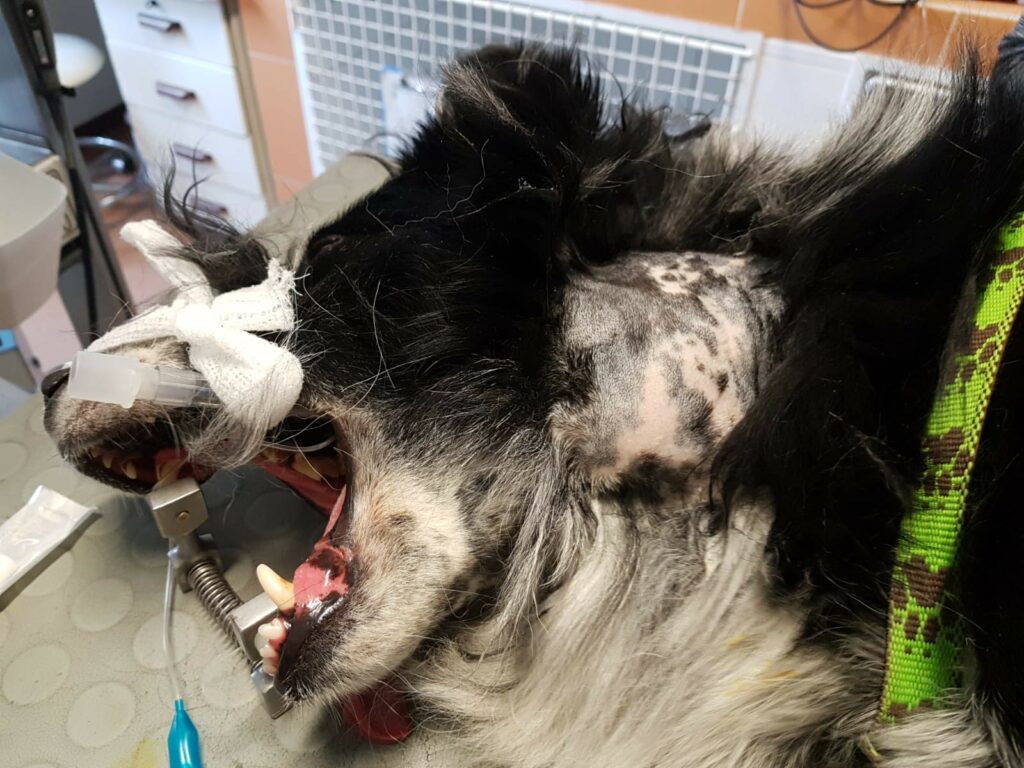
Stiborová K. Základy a možnosti metronomické chemoterapie. Stiborová K. Basics and possibilities of metronomic chemotherapy. Veterinární klinika 2020;17(2):67-71.
SOUHRN
Vysokodávková chemotherapie (High dose chemotherapy) je součástí onkologické léčby již několik desítek let. Je to chemoterapie, jejíž dávky se blíží maximální tolerované dávce. Principem takové terapie je zneškodnit co nejvíce rychle se množících tumorózních buněk. Kritickým momentem těchto protokolů jsou pauzy, které jsou součástí protokolu tak, aby se umožnila regenerace normální tkáně, především progenitorových buněk kostní dřeně a gastrointestinálního traktu. Bez těchto pauz by docházelo k neakceptovatelně vysoké toxicitě. Tento přístup však také umožňuje regeneraci nádorových buněk a může vést k opětovnému růstu tumoru a rozvoji nemoci rezistentní na léčivo nebo tvorbě metastáz. Ačkoli konvenční chemoterapie je spojena s výrazným zlepšením prognózy, málokdy vede k trvalé kontrole nádorového procesu, zejména co se týká tvorby metastáz. Hlavní důvody selhání protinádorové léčby zahrnují dynamickou heterogenitu a nestabilitu nádorových buněk, ochranný účinek nádorového mikroprostředí a potlačení protinádorové imunitní odpovědi. Povědomí o těchto nedostatcích však umožňuje vývoj cílenějších přístupů k léčbě rakoviny, včetně formy chemoterapie známé jako metronomická chemoterapie. Na rozdíl od konvenční chemoterapie je metronomická chemoterapie charakterizována kontinuálním nebo nepřetržitým podáváním chemoterapeutických léčiv v dávkách, které jsou výrazně nižší než terapie vysokodávkovou chemoterapií.
SUMMARY
High dose chemotherapy has been the mainstay of systemic anticancer therapy for more than few decades. Most protocols involve administration of high dose chemotherapy at doses close to the maximum tolerated dose. This is intended to kill as much of the neoplastic cell population as possible. A critical aspect of all protocols is inclusion of breaks between drug administrations to allow for recovery of drug-sensitive normal tissues, particularly bone marrow progenitors and gastrointestinal epithelial cells. Without these gaps between treatments, unacceptable drug toxicities occur. However, this approach also permits recovery of tumor cells and can lead to tumor regrowth and the development of drug-resistant or metastatic disease. Although conventional chemotherapy has been associated with significant gains in survival for many cancers, it infrequently results in permanent tumor control, particularly in the face of demonstrable metastatic disease. The main reasons for failure of conventional chemotherapy include the dynamic heterogeneity and instability of tumor cells, the protective action of the tumor micro-environment, and suppression of antitumor immune responses. However, awareness of these shortcomings is enabling the development of more targeted approaches to cancer therapy, including a form of chemotherapy known as metronomic chemotherapy. In contrast with conventional chemotherapy, metronomic chemotherapy is characterized by the continuous or uninterrupted administration of chemotherapy drugs at doses that are significantly lower than conventional high dose chemotherapy.*